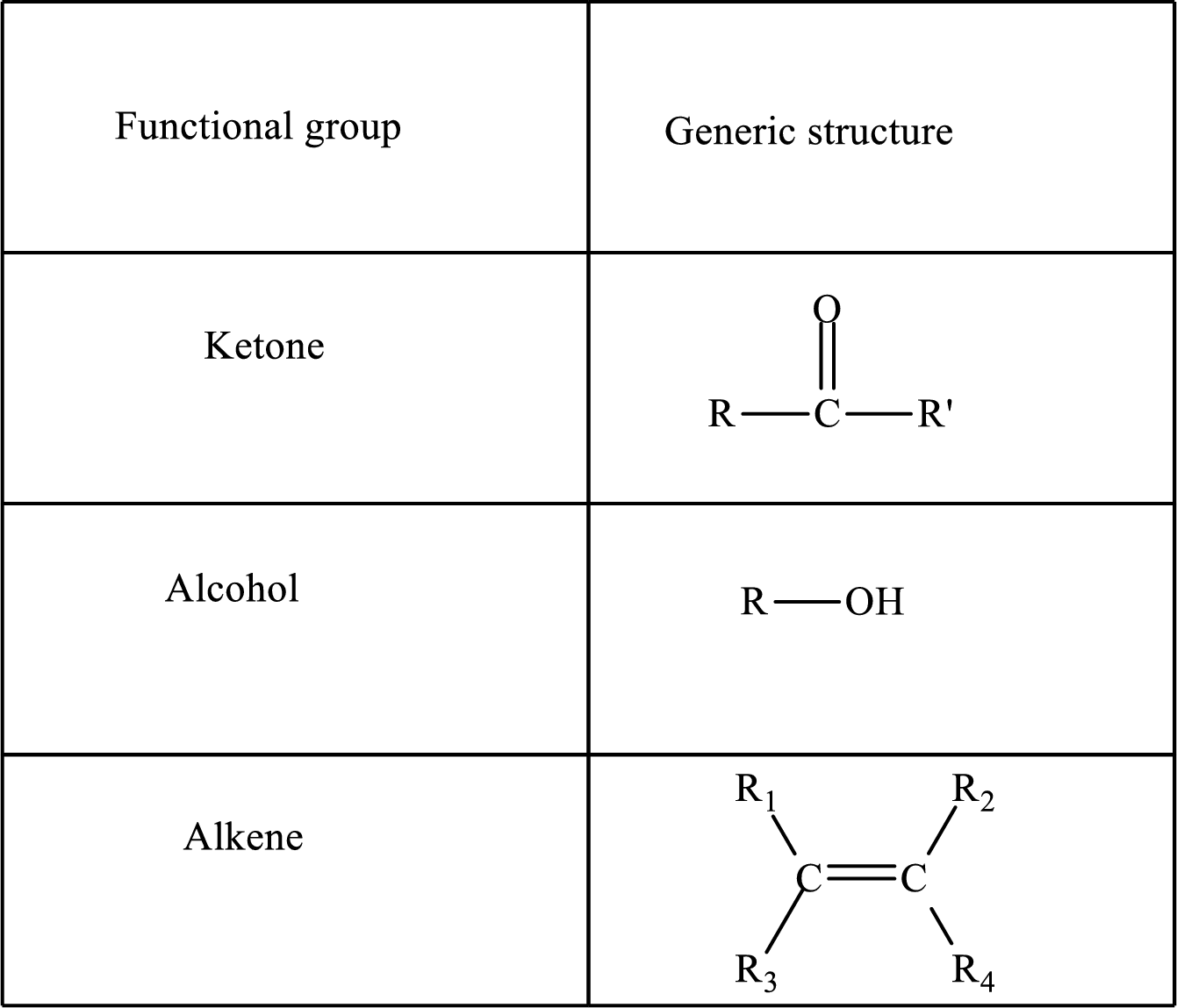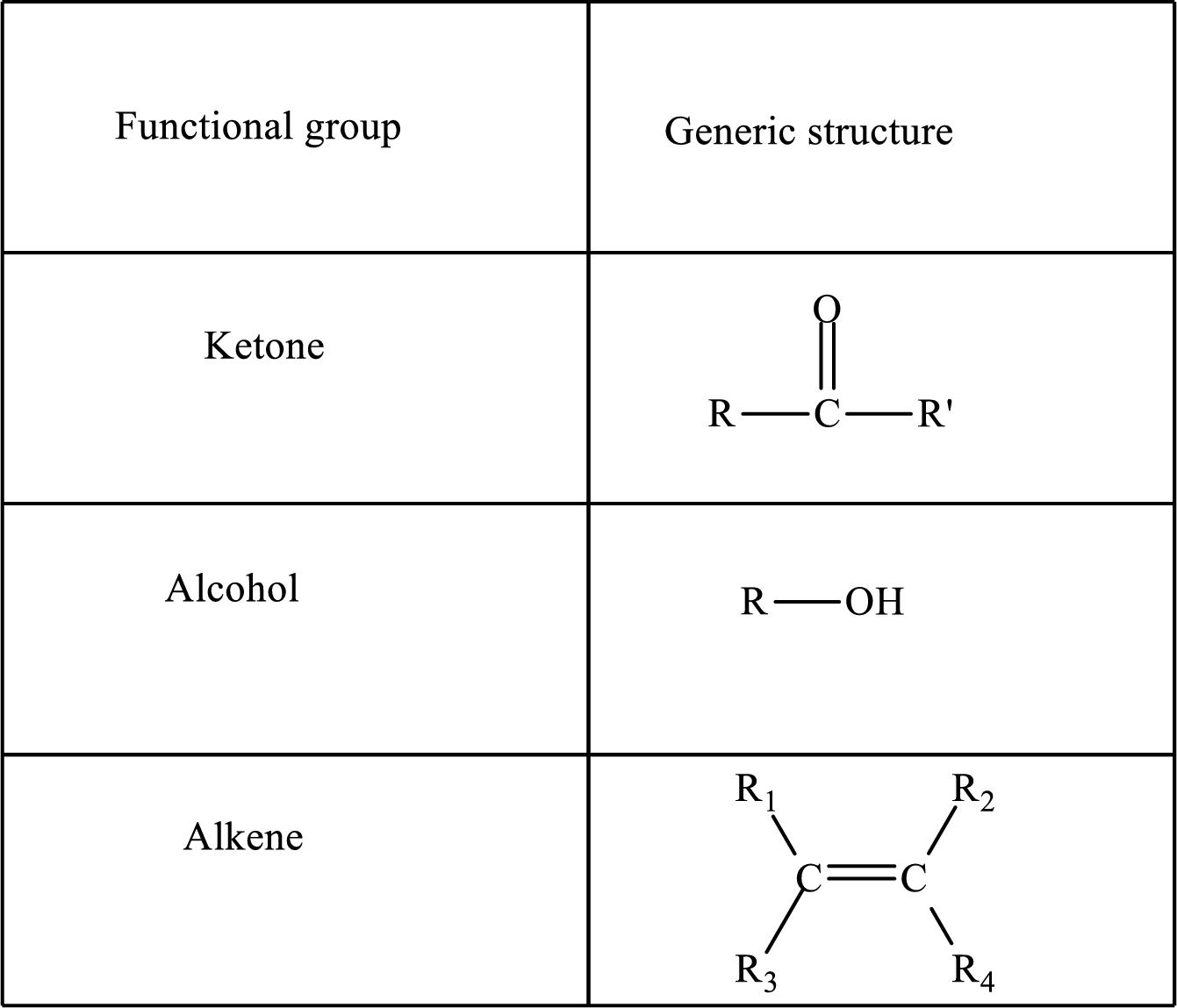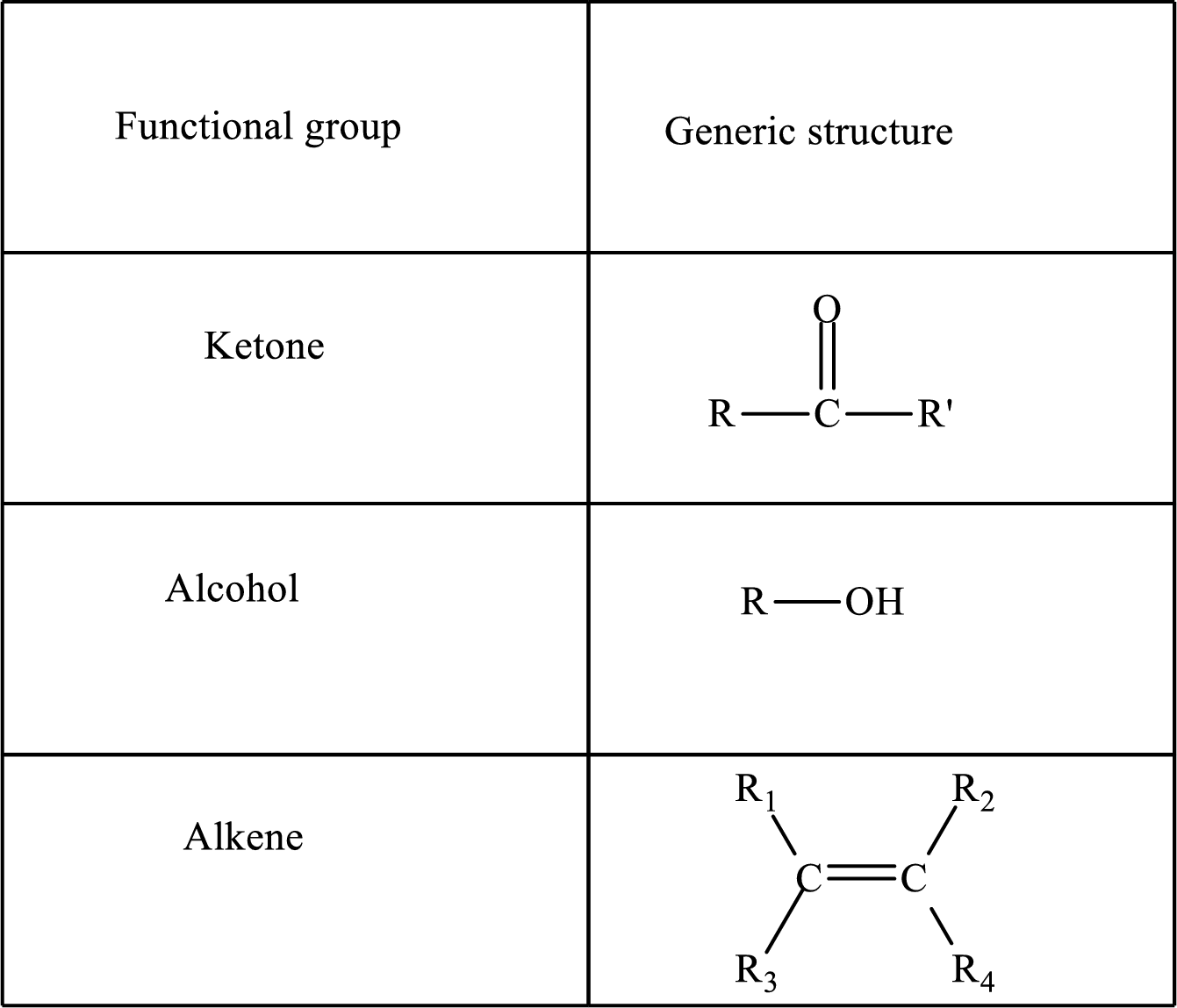
Concept explainers
(a)
Interpretation:
The step (of steps 1 through 4) and turn (second or third) of the β-oxidation pathway in which the following compound is encountered as a reactant if the degraded fatty acid is decanoic acid has to be determined.

Concept introduction:
The β-oxidation pathway is defined as a repetitive series of four biochemical reactions in which acyl CoA is degraded to acetyl CoA by the removal of two carbon atoms at a time. NADH and FADH2 are also produced in this pathway.
The functional group change in the β-oxidation pathway is as follows:


Here, R and R’ represent an alkyl group. In
(b)
Interpretation:
The step (of steps 1 through 4) and turn (second or third) of the β-oxidation pathway in which the following compound is encountered as a reactant if the degraded fatty acid is decanoic acid has to be determined.

Concept introduction:
The β-oxidation pathway is defined as a repetitive series of four biochemical reactions in which acyl CoA is degraded to acetyl CoA by the removal of two carbon atoms at a time. NADH and FADH2 are also produced in this pathway.
The functional group change in the β-oxidation pathway is as follows:

Functional groups are defined as the group of atoms which are attached to the carbon backbone of organic compounds. These are generally heteroatoms which are attached to the parent hydrocarbon chain. Some examples of functional groups are as follows:

Here, R and R’ represent an alkyl group. In alkene, R1, R2, R3, and R4 can be the same or different or can be hydrogen.
Alkanes are saturated hydrocarbons that contain covalently bonded hydrogen and carbon atoms. In secondary alcohol, the carbon atom of the hydroxyl group
(c)
Interpretation:
The step (of steps 1 through 4) and turn (second or third) of the β-oxidation pathway in which the following compound is encountered as a reactant if the degraded fatty acid is decanoic acid has to be determined.

Concept introduction:
The β-oxidation pathway is defined as a repetitive series of four biochemical reactions in which acyl CoA is degraded to acetyl CoA by the removal of two carbon atoms at a time. NADH and FADH2 are also produced in this pathway.
The functional group change in the β-oxidation pathway is as follows:

Functional groups are defined as the group of atoms which are attached to the carbon backbone of organic compounds. These are generally heteroatoms which are attached to the parent hydrocarbon chain. Some examples of functional groups are as follows:

Here, R and R’ represent an alkyl group. In alkene, R1, R2, R3, and R4 can be the same or different or can be hydrogen.
Alkanes are saturated hydrocarbons that contain covalently bonded hydrogen and carbon atoms. In secondary alcohol, the carbon atom of the hydroxyl group
(d)
Interpretation:
The step (of steps 1 through 4) and turn (second or third) of the β-oxidation pathway in which the following compound is encountered as a reactant if the degraded fatty acid is decanoic acid has to be determined.

Concept introduction:
The β-oxidation pathway is defined as a repetitive series of four biochemical reactions in which acyl CoA is degraded to acetyl CoA by the removal of two carbon atoms at a time. NADH and FADH2 are also produced in this pathway.
The functional group change in the β-oxidation pathway is as follows:

Functional groups are defined as the group of atoms which are attached to the carbon backbone of organic compounds. These are generally heteroatoms which are attached to the parent hydrocarbon chain. Some examples of functional groups are as follows:

Here, R and R’ represent an alkyl group. In alkene, R1, R2, R3, and R4 can be the same or different or can be hydrogen.
Alkanes are saturated hydrocarbons that contain covalently bonded hydrogen and carbon atoms. In secondary alcohol, the carbon atom of the hydroxyl group
Want to see the full answer?
Check out a sample textbook solution
Chapter 25 Solutions
EBK GENERAL, ORGANIC, AND BIOLOGICAL CH
- Oxygen is not a reactant in the β oxidation of fatty acids. Can β oxidation occur under anaerobic conditions? Explain.arrow_forwardWe have encountered reactions similar to the oxidation, hydration, and oxidation reactions of fatty acid degradation earlier in our study of biochemistry. What other pathway employs this set of reactions?arrow_forwardDefine beta-oxidation of fatty acids? Describe in detail three different steps of beta-oxidation of FAs.arrow_forward
- During fatty acid synthesis, which of the below is the product of β-enoyl-ACP reductase:arrow_forwardDefine beta-(b -)oxidationarrow_forwardCompare and contrast the pathway by which fatty acids are degraded (B-oxidation) with the pathway by which fatty acids are synthesized from acetyl-CoA. Comment on the following: (i) nature of the "activated" structures (ii) coenzymes involved (iii) stereochemistry of the intermediates (iv) sites where pathways occurarrow_forward
- Consider the fatty acids: (a) Arachidic acid (C20H40O2); molar mass = 312.5 g/mol) (b) Palmitoleic acid(C16H30O2); molar mass = 256.4 g/mol). i. How many cycles of β -oxidation are needed for complete oxidation?ii. How many molecules of acetyl CoA are formed from its complete catabolism?iii. Calculate the number of molecules (moles) of ATP formed (net) by the completecatabolism of each fatty acid (show your calculation).iv. Calculate number of moles of ATP formed per gram of each fatty acid metabolized.arrow_forwardCompare the regulation of phosphofuctokinase-1 (PFK- 1) activity and fructose 1,6- bisphosphatase in glycolysis. c) In the B-oxidation of a saturated, even chain fatty acid, four basic steps are involved. Describe these reactions using the degradation of palmitic acid as an example. d) e) Compare the steps involved in the formation of ketone bodies.arrow_forwardAre any of the intermediates in the β-oxidation pathway chiral? Explain.arrow_forward
- What structurtal property of mono- and polyunsaturated fatty acids prevents oxidation of these compounds by the β-oxidation pathway? what additional types of reactions are needed?arrow_forwardWhich of the following statements is/are TRUE about fatty acid activation before β-oxidation? I. The process consumes energy equivalent to two moles of ATP. II. The fatty acid is activated by ATP to give a fatty acyl-CoA.arrow_forwardPart A Identify each of the following metabolic pathways. Drag the appropriate labels to their respective targets. Reset Help the conversion of fatty acids to 2-carbon units of acetyl CoA ketogenesis the conversion of an amino acid to an a-keto transamination acid the combination of 2-carbon units of acetyl COA to form fatty acids oxidative deamination the removal of an amino group as NH4+ from B oxidation glutamate to yield a-ketoglutarate lipogenesis the production of ketone bodiesarrow_forward
 BiochemistryBiochemistryISBN:9781305577206Author:Reginald H. Garrett, Charles M. GrishamPublisher:Cengage Learning
BiochemistryBiochemistryISBN:9781305577206Author:Reginald H. Garrett, Charles M. GrishamPublisher:Cengage Learning
